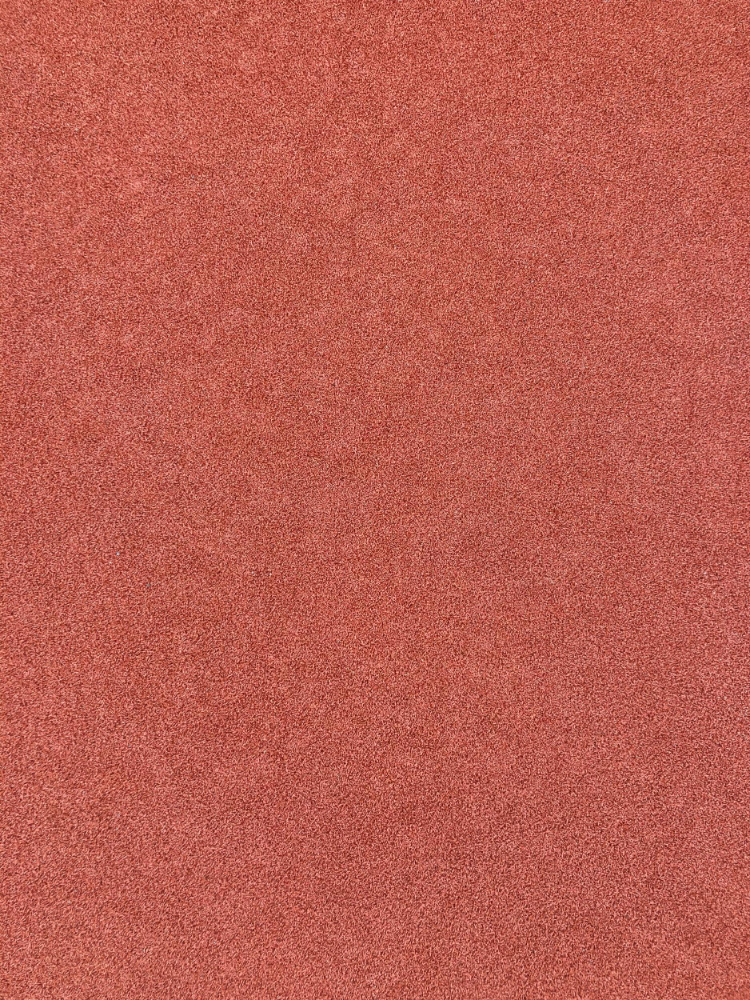Artificial Grass
Category
Landscaping
Download
Edit
With a short length, medium to high density and consistent coverage, this artificial grass is a popular real grass or clay replacement for sports such as tennis and hockey. Due to its short length, stiff fibres and hard backing layer needed by these sports to maintain a reasonably fast, lively surface speed and bounce height, the low pile synthetic grass fibres can be fairly abrasive and is therefore not well suited to contact sports such as rugby, soccer or football, although makes for a useful matting surface at the edge of sandy, gritty or dirty sports pitches and external areas, as the synthetic fibres are stiff enough to knock dirt off visitors’ shoes, while remaining sufficiently soft to cushion falls. It can be utilised in playgrounds or landscaping projects, where a soft, grass-like surface is desired, but where natural materials would be unable to shed water properly due to being too shaded or having insufficient ground depth and drainage facilities, or in areas which risk becoming irreparably damaged under high levels of foot traffic. Artificial surfaces are becoming increasingly popular with interior designers and architects for walls and floors both in and outside domestic, office, hotel, hospitality and healthcare settings to bring a natural appearance indoors, increasing the presence of biophilic patterns in spaces to promote health and wellbeing. It is often specified to create the impression of blurring the line between, or blending together outdoor and indoor spaces, particularly in lobbies, communal areas, porches, vestibules or enclosed terrace and balcony areas.
Laying the pitch or field involves preparing a suitable load-bearing yet well draining substrate, upon which large rolls of the ‘plastic’ turf is rolled out and joined together. This aids with maintenance, as damaged sections can be removed and replaced with ease immediately, rather than waiting for soil to heal and the grass to regrow, as with traditional planted grass facilities. The inclusion of pre ‘painted’ lines and lack of growing grass or loose clay gravel chips removes the costs and effort associated with routine maintenance of such areas, whereby groundskeepers no longer have to regularly cut the grass or brush the clay to align with stringent requirements for surface height, smoothness and reliable performance, or repaint lines to maintain consistency of appearance and playing surface size and boundaries throughout a season. Synthetic materials provides a uniform, regular and extremely durable surface year round. The dense plastic pitch backing layer through which the synthetic grass fibres are thread is impervious to repeated impacts from users’ shoes, without the surface becoming waterlogged and boggy during winter, or dry and dusty in summer and ending up too worn down to be serviceable, or too expensive to upkeep and repair.
The intense, vibrant, burnt orange colour with contrasting darker areas and elements of hazy, white or lighter red, orange and brown tones of this artificial grass texture simulates the colours of clay tennis courts and stands out against the surrounding surfaces to allow players to differentiate more clearly between the court, white or coloured lines and out of bounds areas in comparison to the visually similarity between yellow or white lines on green surfaces. The surface has a very fine, short, rough grain, but lacks the sand commonly employed to even out or speed up synthetic grass, reducing ball speed on the court to simulate the slow, loose, gravelly, dampened nature of real clay courts, while being functionally employed as flooring and matting in interior design projects, or soft-scaped paths in landscaped areas.
A seamless landscaping texture with a sports surfacing surface. Seamless textures can be tiled repeatedly across a surface without visible seams making them useful for architectural drawings and 3D models. This image can be used as a SketchUp texture, Revit material or imported into Photoshop for use in 2D illustrations. A high resolution version of this texture is available, as well as CAD hatches and PBR maps with Architextures Pro.

